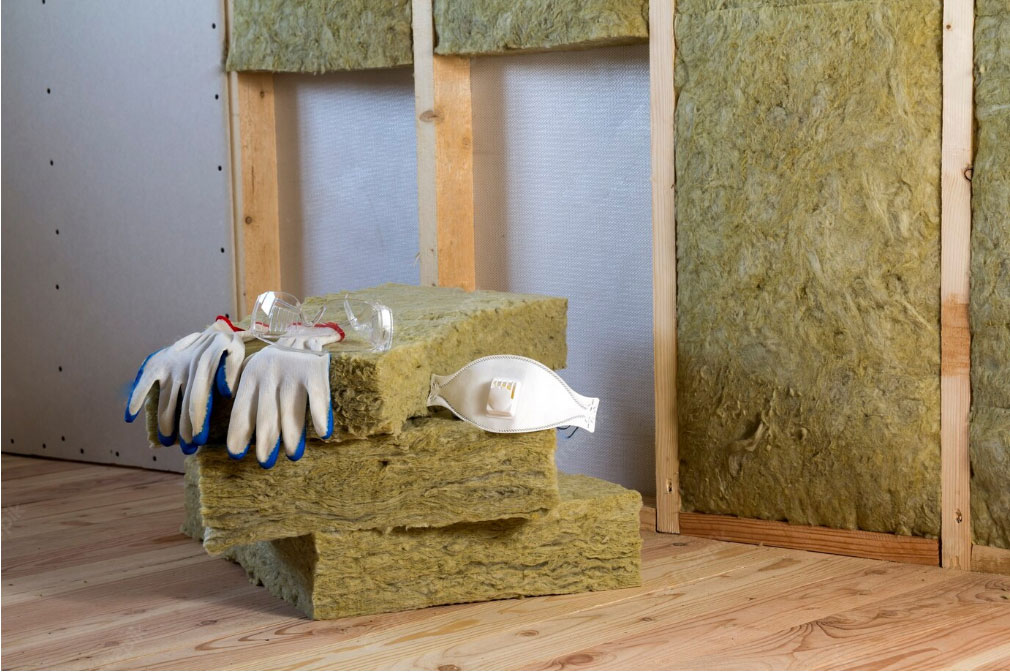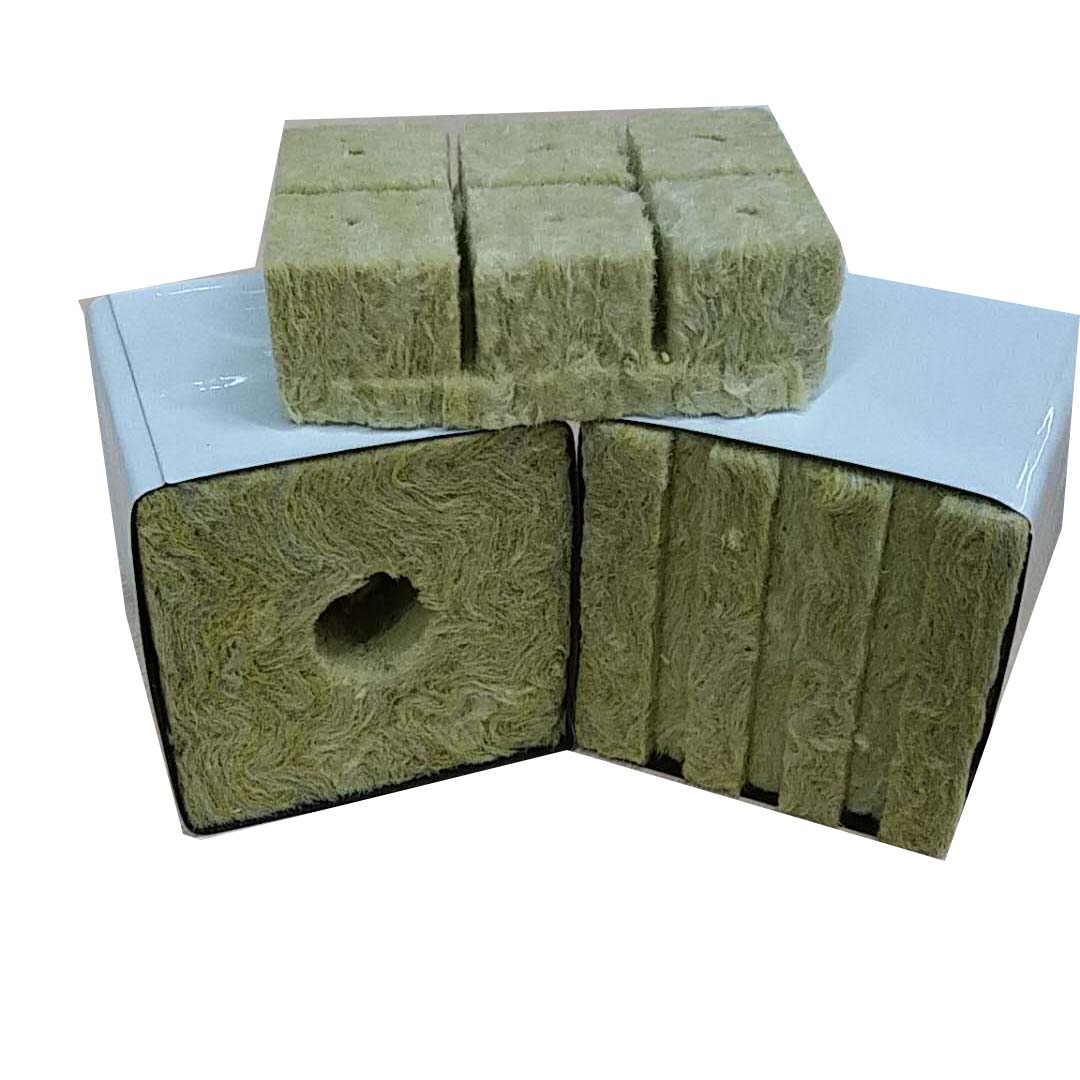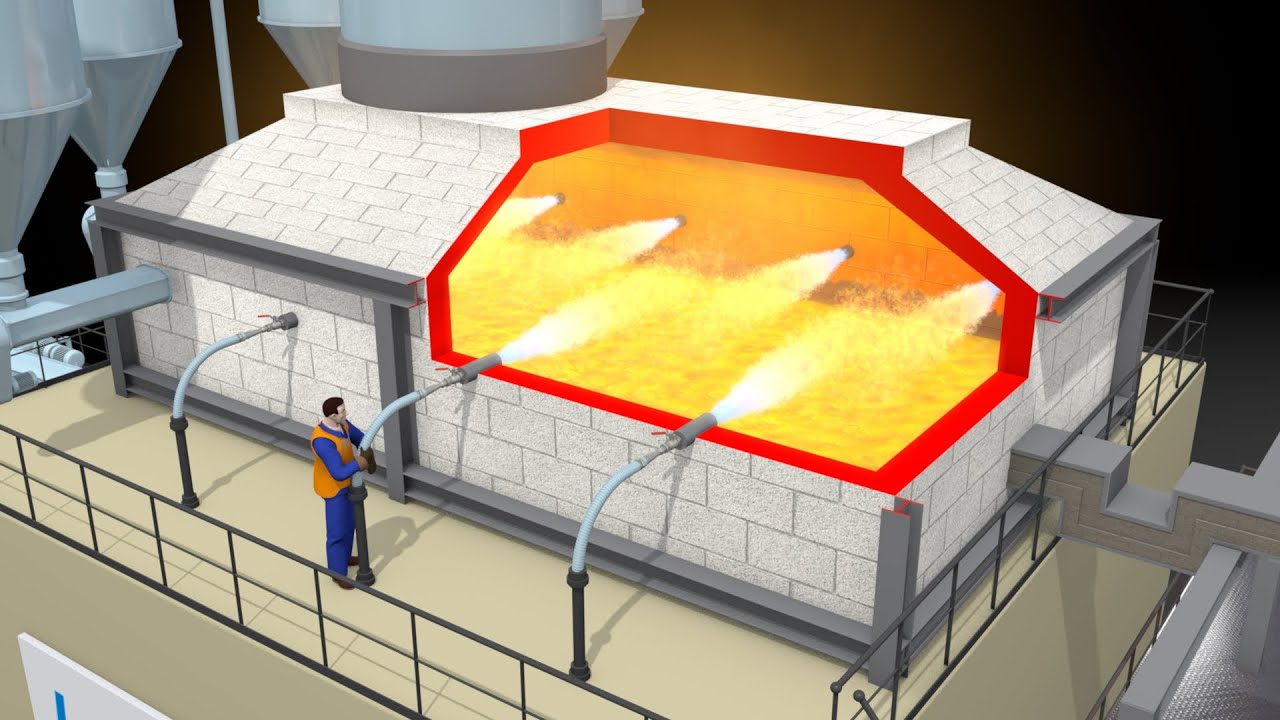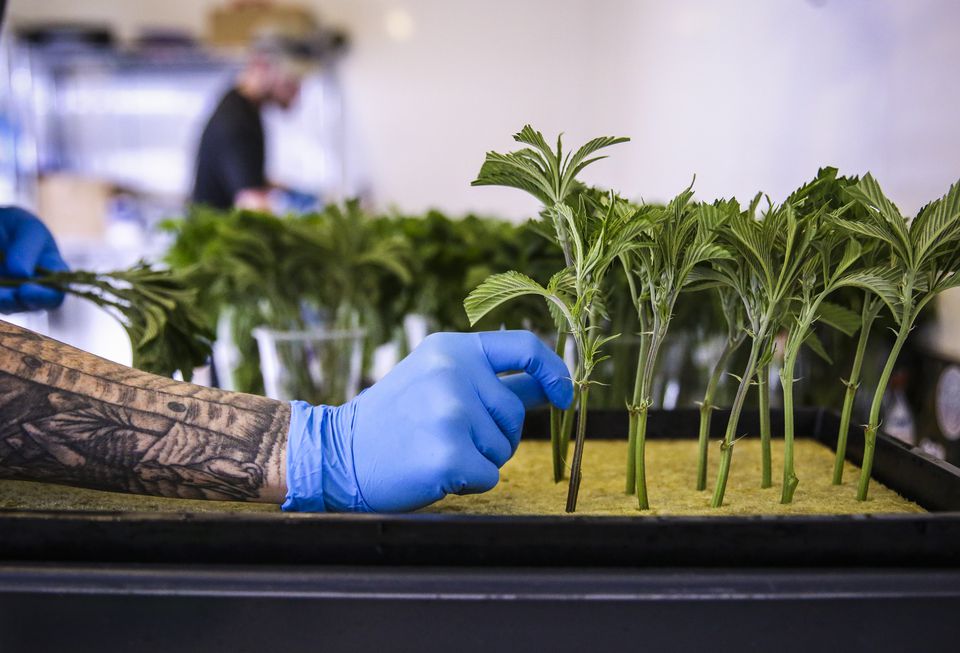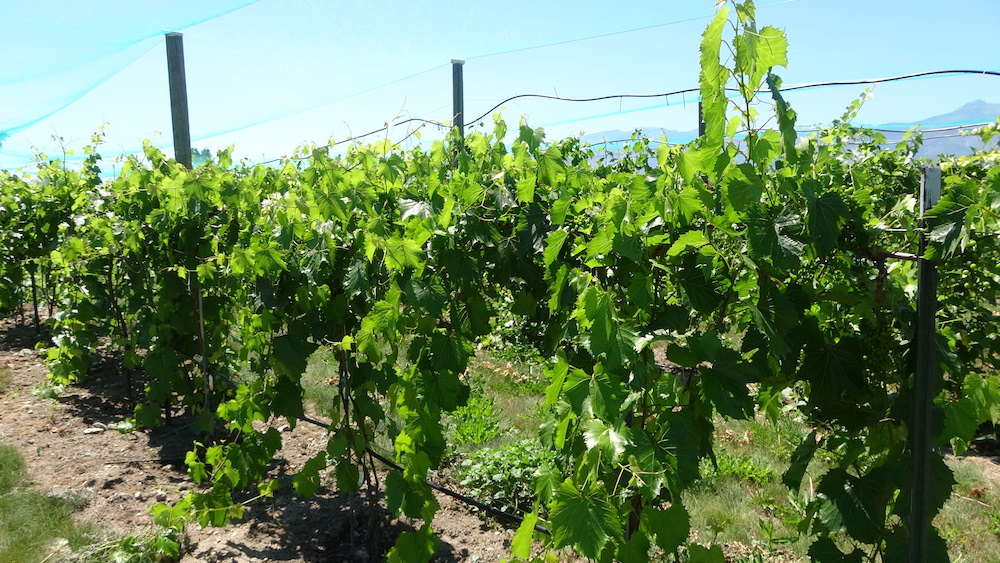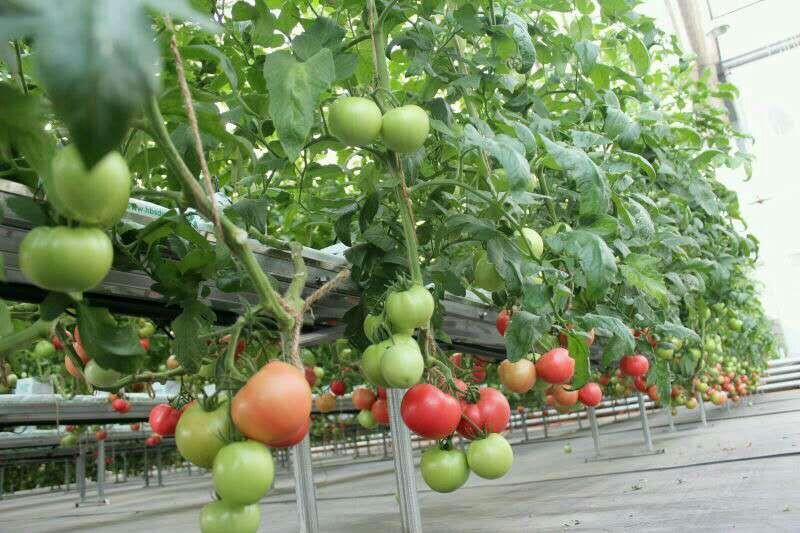At the beginning, rockwool wasn’t intended to be used as a growing substrate for plants. Originally, rockwool was only used as soundproof insulation material for buildings and homes. As rockwool is made from natural rocks, it’s inert and sterile, which makes rockwool an ideal growing medium.
I. What is rockwool cube?
As we mentioned in previous articles ( What is the rockwool used for? ), rock wool, also known as mineral wool, is made from molten rock that has been melted and spun into fibers resembling the consistency of cotton candy. Then the rockwool material is pressed and shaped into different forms: rockwool blankets, rockwool boards, and rockwool cubes.
Rockwool cube is a widely used substrate for hydroponics, including commercial horticulture for the production of crops, herbs, and cut flowers. In particular, this grow cube is very popular to improve technology in agriculture, such as seed germination, plant cloning, etc.
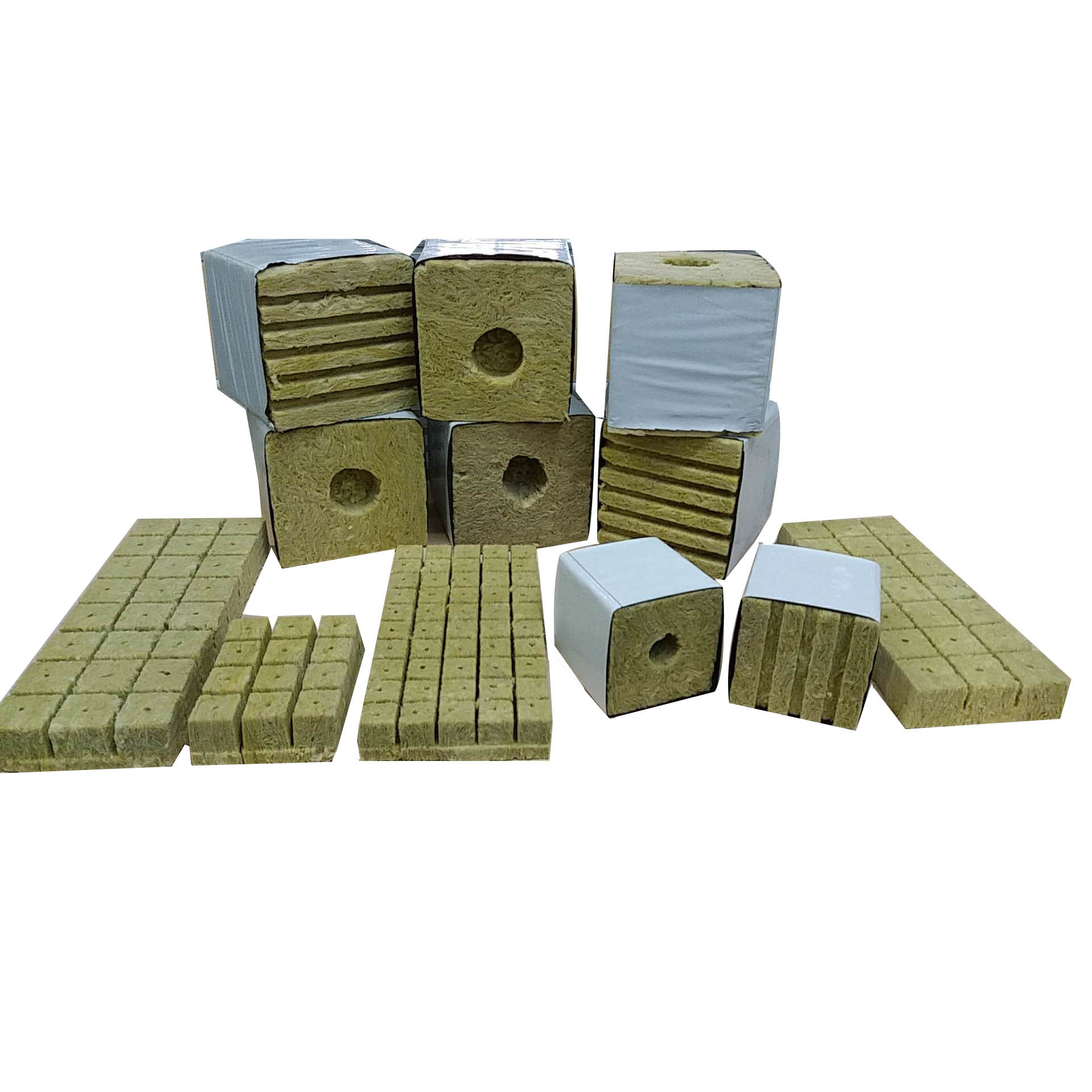 In addition, large rockwool sheets are also available for growing plants in rockwool. They can be cut to fit a custom-sized planter or system.
In addition, large rockwool sheets are also available for growing plants in rockwool. They can be cut to fit a custom-sized planter or system.
- Characteristics of rockwool cubes
In one word, rockwool cubes are chemically inert, sterile, porous, and lightweight by nature. All these features make rockwool grow cubes indispensable for the hydroponic industry, including commercial farming and hobbyists. More specifically, the characteristics of hydroponic rockwool cubes are the following:
Sterility of rockwool cubes-Essentially, rockwool grow cubes are sterile directly after production: as rockwool cubes are manufactured by a series of heating processes, they are free of any microbe or bacteria. Besides, there are initially limited carbon sources for the microbes to feed on. This sterility is essential for cloning new plants by cutting propagation, which needs to happen in a sterile environment, free of bacteria or fungus.
However, this sterility of rockwool grow cubes also inhibits the growth of beneficial microbial populations, which are necessary for many plants. In this case, it’s necessary to inoculate rockwool grow cubes with microbial products to assist the growth process. 
Water retention of rockwool cubes-The water retention of grow cubes is essential for growing plants: the hydroponic rockwool cube collects water in the bottom of the cube and allows plenty of airflow through the top of the cube. Thus, there is a moisture gradient between the top and base of the grow cube: the upper layers of the rockwool cubes are held in a drier condition containing plenty of aeration and oxygen for root uptake and respiration; at the base of the rockwool grow cube there is plentiful moisture for roots to suck up as needed.
The water retention offers the required water for the root while this quick drying property prevents disease and mold growth. 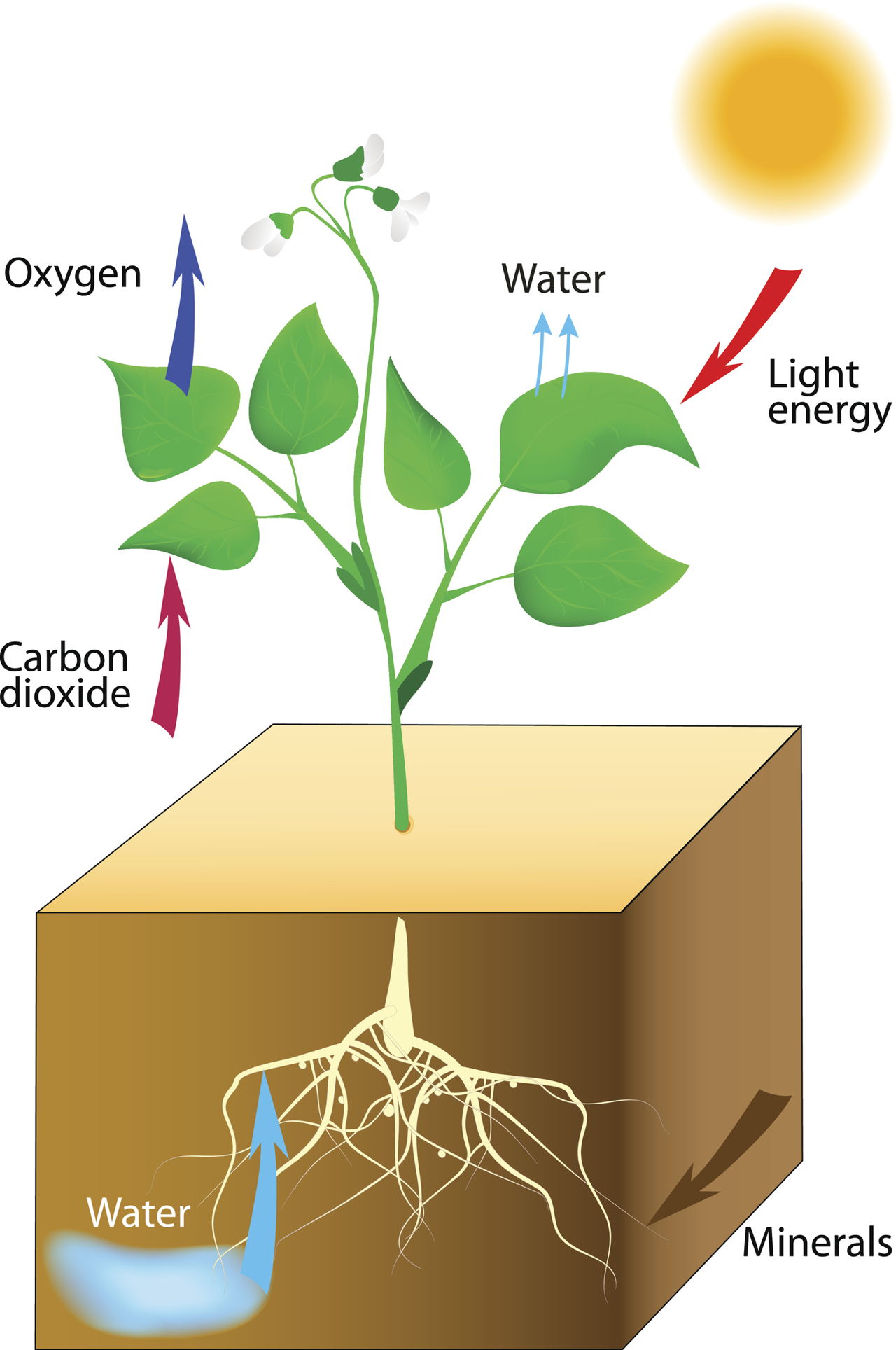
Airflow of rockwool cubes-Another notable feature of the hydroponic rockwool cube is its amazing airflow: compared with other traditional growing mediums, the porous structure of the rockwool cube helps to maintain an ideal level of aeration. Even when oversaturated with water and nutrients, rockwool grow cubes still have around 20% or more airflow. This high level of oxygenation also helps with the establishment and multiplication of beneficial microbe populations.
Chemical inertness of rockwool cubes- As we mentioned before, rockwool cube is chemically inert as it’s made from rocks, which are highly stable. This chemical inertness allows the grower to be in complete control: as rockwool cubes will not bind any nutrients or chemicals, all types of nutrient solutions are available. This greater degree of control over the root zone helps to steer plants into either a more vegetative or more reproductive growth.
Though rockwool grow cubes are chemically inert, it’s essential to monitor their chemical properties for a better control: like soil and other traditional substrates, hydroponic rockwool cubes have two main chemical properties, which are EC (electrical conductivity) and PH. 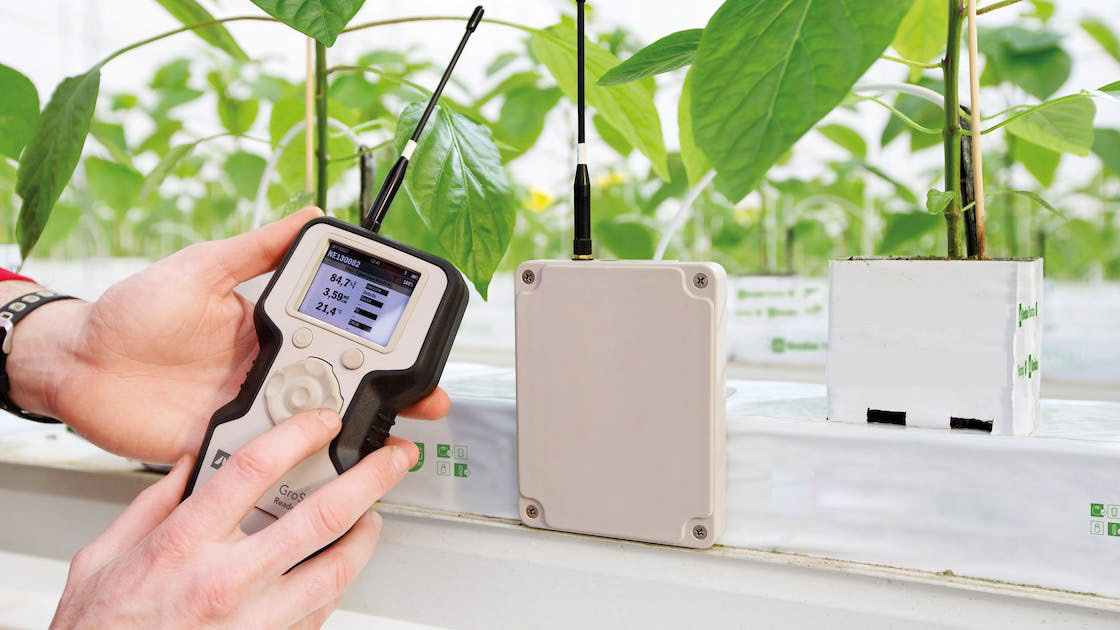 As rockwool grow cubes don’t contain any minerals or salts which may influence EC levels, the EC of the nutrient solution inside the rockwool cube changes as plants extract different rations of water and nutrients from the root zone. Under warmer conditions, plants can extract high levels of water from the nutrient solution, which will increase the EC rapidly and require greater amounts of top-up water in the nutrient reservoir; under cooler and humid conditions, plants will extract more nutrients but not much water. Frequent checks and adjustments of EC levels are important for growth control.
As rockwool grow cubes don’t contain any minerals or salts which may influence EC levels, the EC of the nutrient solution inside the rockwool cube changes as plants extract different rations of water and nutrients from the root zone. Under warmer conditions, plants can extract high levels of water from the nutrient solution, which will increase the EC rapidly and require greater amounts of top-up water in the nutrient reservoir; under cooler and humid conditions, plants will extract more nutrients but not much water. Frequent checks and adjustments of EC levels are important for growth control.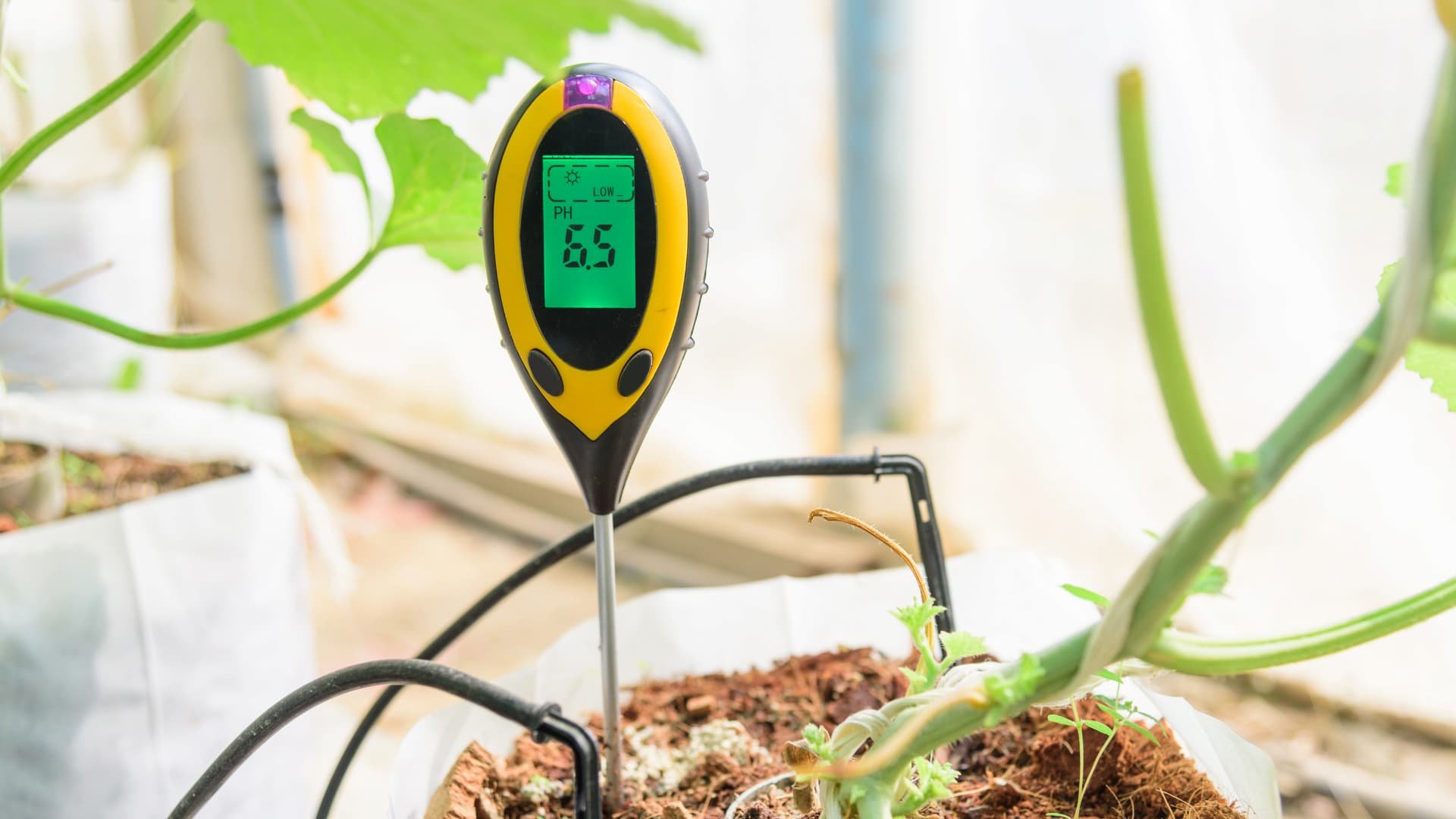 PH is another important property of rockwool cubes: normally rockwool grow cubes have a naturally high PH as there’s an abundance of lime in the material. However, this PH level (around 8.0) isn’t optimum for growing plants. For this reason, it’s necessary to adjust PH, which will be explained later.
PH is another important property of rockwool cubes: normally rockwool grow cubes have a naturally high PH as there’s an abundance of lime in the material. However, this PH level (around 8.0) isn’t optimum for growing plants. For this reason, it’s necessary to adjust PH, which will be explained later.
Service life of rockwool cube-Due to its material, the hydroponic rockwool cube doesn’t decompose, fracture or break down over time, which means that this rockwool cube has a long service life and can be reused.
However, it’s worth mentioning that before reuse, the rockwool cube must be steamed or treated with boiling water to prevent any carryover of root disease pathogens or excess salts from previous crops.
- Sizes of rockwool cubes
As we mentioned before, grow medium of rockwool comes in different forms: sheets, slabs, and rocks. In terms of rockwool cubes, there are mini cubes, briquettes, and large-sized cubes. Rockwool cube sizes are categorized as small, medium, large and extra-large, which are the following:
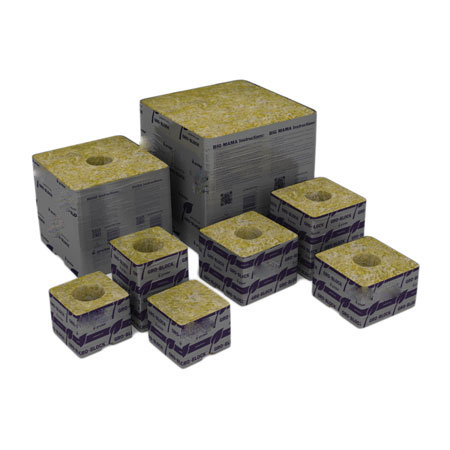 Small rockwool cube-These rockwool grow cubes are suitable for plants that need less space between them, such as herbs or lettuce, etc.
Small rockwool cube-These rockwool grow cubes are suitable for plants that need less space between them, such as herbs or lettuce, etc.
Medium rockwool cube- These grow cubes are perfect for larger plants with drip irrigation, such as tomatoes and bell peppers, etc.
Large rockwool cube-If plants need a large amount of space to grow (more than 12 inches of spacing), such as cucumbers, and squash, large rockwool cubes are suitable.
Extra-large rockwool cube-These grow cubes are widely used for bigger hydroponic systems or for widespread plants.
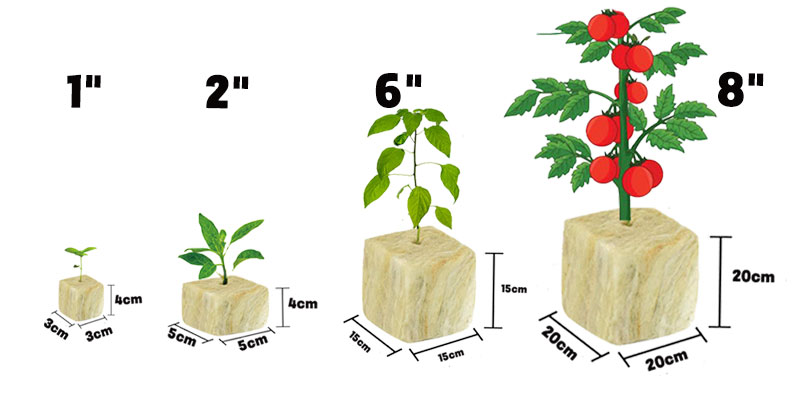 ECOIN is a professional rockwool cube manufacturer and offers rockwool cubes in various sizes. And the best-selling types are 1”, 2”, 6” and 8” rockwool cubes, which are very popular in Canada and the United States.
ECOIN is a professional rockwool cube manufacturer and offers rockwool cubes in various sizes. And the best-selling types are 1”, 2”, 6” and 8” rockwool cubes, which are very popular in Canada and the United States.
Get more information about ECOIN Rockwool Cubes
II. What is rockwool cube used for?
As we mentioned above, the main features of rockwool cubes are increased holding capacity of water, high level of oxygenation, and sterility, which are beneficial for growing plants.
Nowadays hydroponic rockwool cubes are mainly used as growing media for two main purposes: cloning plants and germinating seeds in rockwool. The small rockwool cubes work well for starting seeds and propagating stems, root, and leaf cuttings; the larger grow cubes are mainly used for growing plants, in particular compact plants.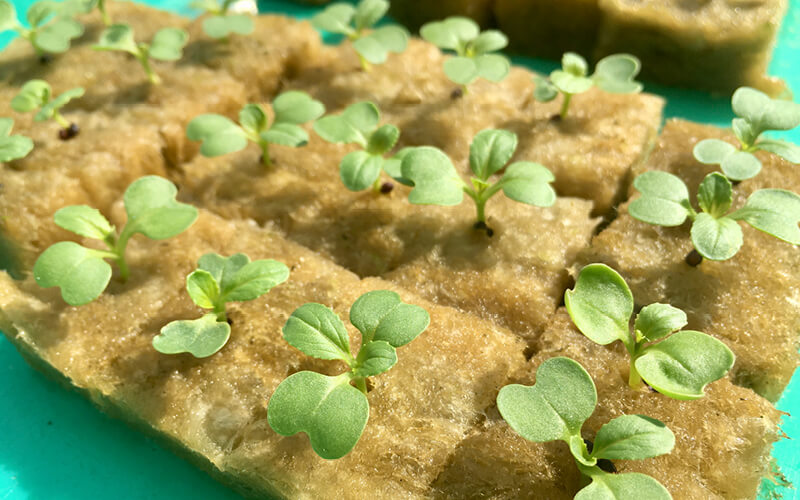
Germinating seeds in rockwool cubes
For germinating seeds in rockwool cubes, water plays a key factor: during seed germination, water enters the seed through the seed coat or a tiny opening called micropyle; on one hand, water promotes germination and on the other hand, a waterlogged environment might cause the seed to die. So the right amount of water retention is crucial to keep the seeds from drying out and improve germination.
Thanks to its excellent moisture retention, grow cubes work best for germinating seeds in rockwool: they can keep the seeds moist at the same time preventing them from sitting in a waterlogged environment.
Cloning in rockwool cubes
Cloning in rockwool cubes refers to a process of taking an existing plant part (a root cutting, a stem cutting, or a leaf) and growing it into a whole new plant. Compared with growing plants from seeds, cloning plants is a much cheaper and faster way.
During cloning in rockwool cubes, oxygen, water, and nutrients are essential for root growth. The porous texture of rockwool cubes offers a high level of aeration, which brings in an adequate content of oxygen for root respiration. Without enough moisture the cutting part will stop trying to develop new roots; to avoid this, hydroponic rockwool cube offers the right amount of water retention.
Moreover, an environment free of bacteria and fungi is essential for cloning plants in rockwool cubes. As we mentioned before, rockwool grow cubes are completely inert and sterile, which insures that no harmful microorganisms could hinder propagation.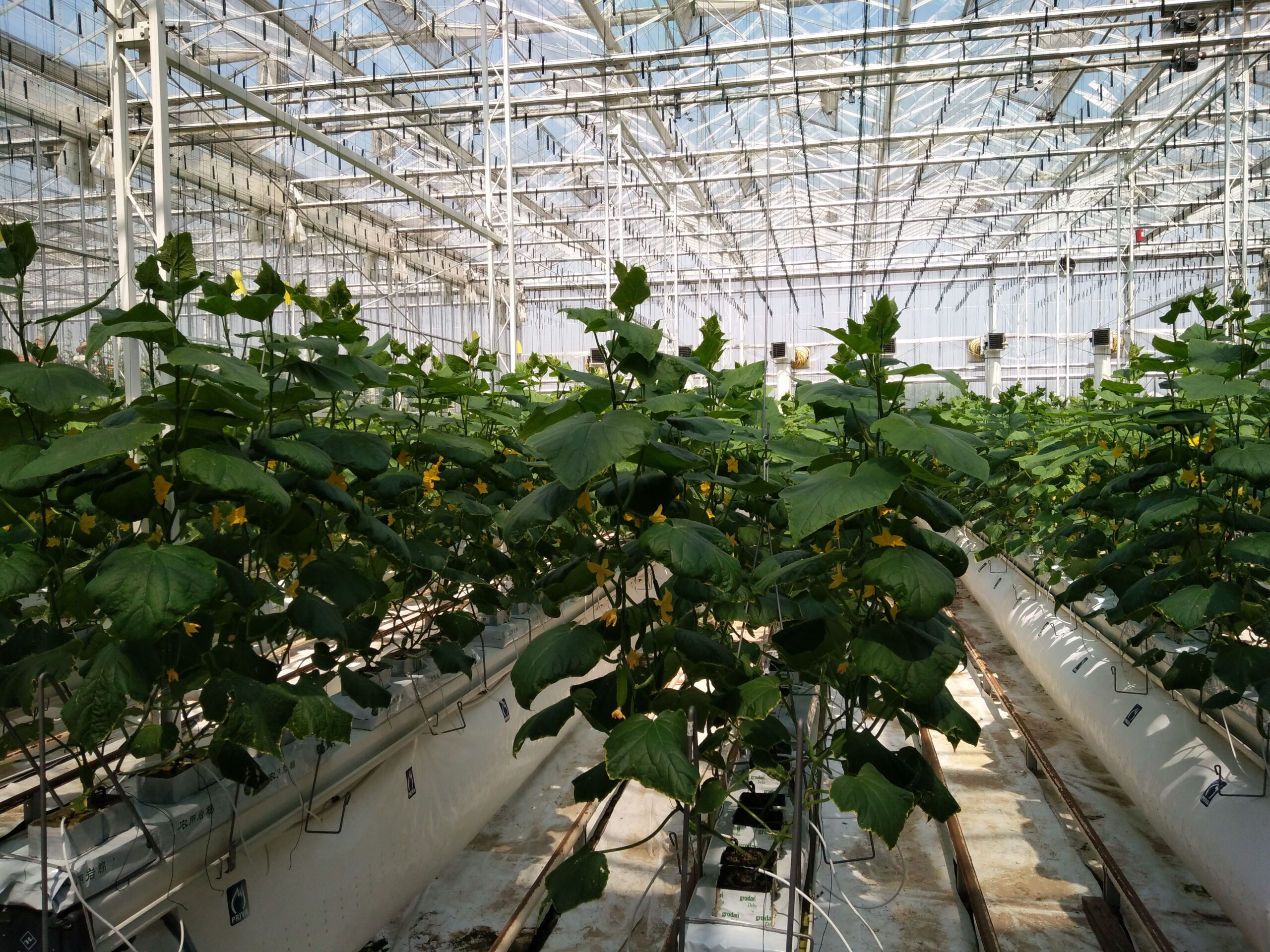
Tips: Plants that can’t be grown hydroponically
Nowadays more and more growers choose hydroponic farming instead of traditional farming as the hydroponic type is more efficient and eco-friendly. Consequently, rockwool grow cubes have become a very popular growing medium. However, not all plants can be grown hydroponically and the following are some exceptions:
Corn-Corn has extensive roots that require more space, which can’t be satisfied by using grow cubes. Besides, corn growth requires plenty of natural light or sunlight, which can’t be replaced by LED lights. 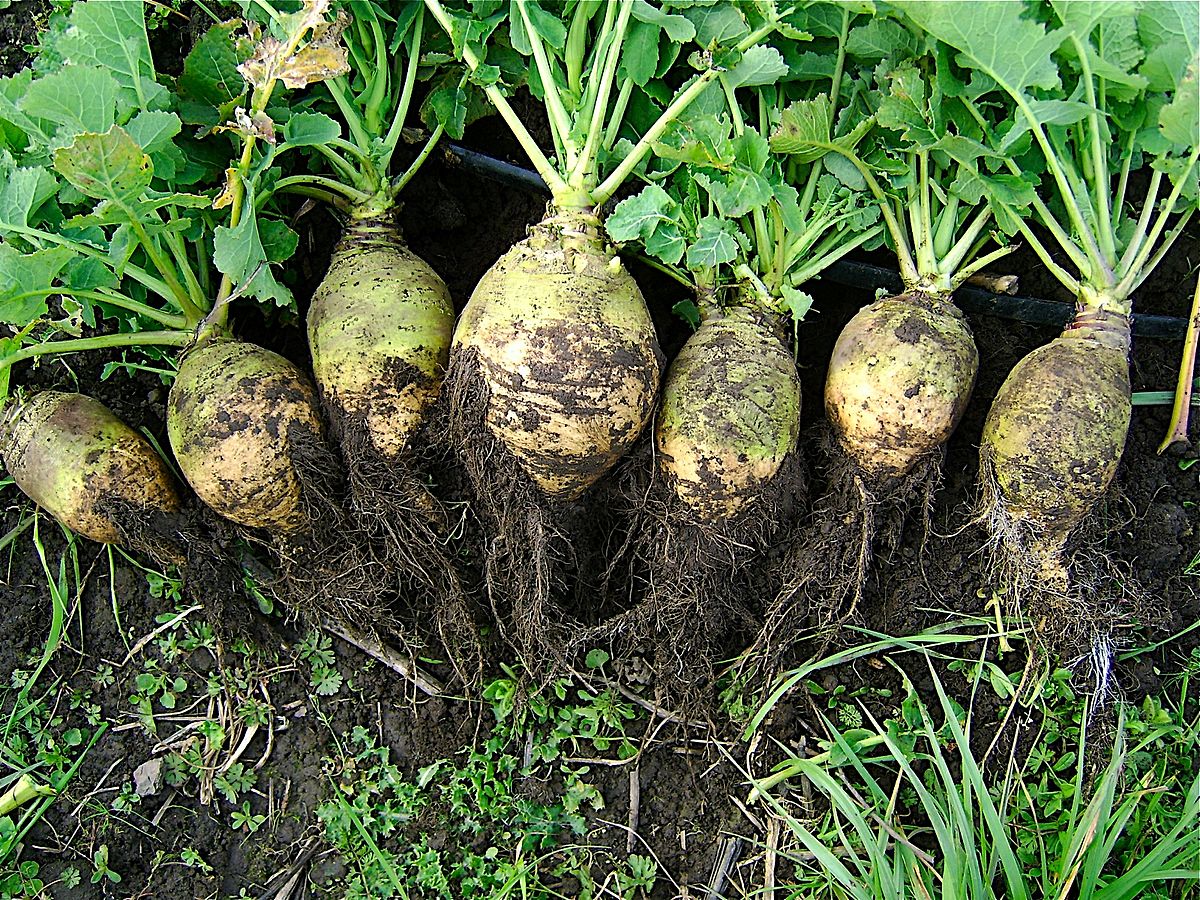
Large root vegetables-Root vegetables, such as carrots and potatoes, don’t do well on the hydroponic farm. These vegetables need loose soil so their roots can spread out and grow properly.
Gourds-Gourds, such as pumpkins, can’t be grown on hydroponic rockwool cubes. Like root vegetables, gourds also require a lot of space to spread out.
Cabbage-Cabbage is a head crop, which means that it needs room for the head to develop. In a traditional farm, the head is above ground level, and the roots are below ground level. In a hydroponic system, the roots and head are at the same level, which does not allow for proper development.
Vine crops-Vine crops always need support to keep them from falling over. Being planted in rockwool cubes doesn’t offer enough room for them to grow or get the support they need.
III. How to use rockwool cubes?
Not all types of plants grow well hydroponically and different hydroponic plants require different rockwool cube sizes. Leaving these differences aside, we can summarize the tips for planting with rockwool as the following:
- Do prepare rockwool cubes before germinating seeds or cloning in rockwool cubes. Soak rockwool grow cube in acidic water to lower its PH.
- Do wear protective gear when handling rockwool grow cubes. Their fibers are irritating to skin, lungs and eyes and for this reason, it’s imperative to take protective measures.
- Do dispose of the used rockwool cubes. Break grow cubes into pieces and work them into the garden to increase the soil’s water retention.
- Do heat treat the rockwool cubes before reusing them for a successive growing season. Steam these rockwool cubes or pour boiling hot water through them to kill off any bacteria or fungus.
- Don’t squeeze the grow cubes when they are wet. Squeezing rockwool cubes might destroy their inner structure and reduces their holding capacity of water.
- Don’t forget to add nutrient solution as rockwool is completely inert and can’t provide any nutrients necessary to the plants.

